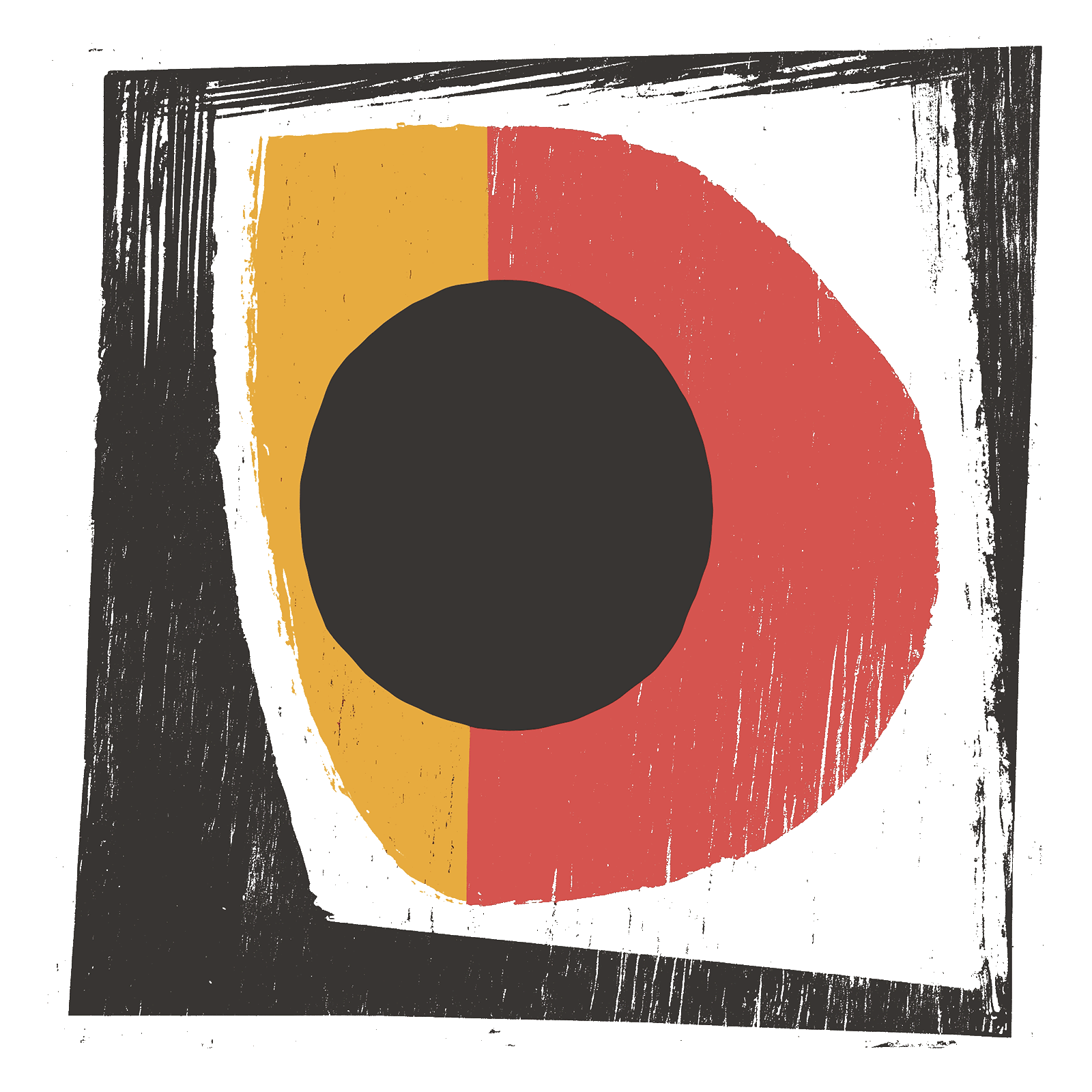Ten website pitfalls to avoid
Making an organisation website is tricky. Remaking one seems as if it should be easier but often isn’t. In fact it’s usually harder. These are ten holes we often find people have fallen into.

1.
Starting with the tech
Often the problems with your existing, semi-broken website, seem to be technological ones. So it’s tempting to start by deciding what CMS to use, or what javascript framework. Taking a step back and working out what you, your content and (most importantly of all) your users want and need is much more likely to result in a good, sustainable outcome.
2.
Starting with the visual design
A new visual identity is often the spark for a new website project. When it’s done well, brand is closely aligned to users’ needs and the user experience, but too often it’s seen as just a fresh lick of paint. And when the colours and shapes dictate the way that a website’s built, that’s usually a recipe for a website that doesn’t do the job it needs to do.
3.
Making a slightly better version of what you already have
Henry Ford may never have actually said “If I had asked people what they wanted, they would have said faster horses.” But organisations are often guilty of wanting those faster horses. There’s a natural, if somewhat blinkered, tendency to want a better version of what you already have. Often, what’s really needed is a step back and a new approach – new processes, new workflows, new structures, new maintenance and archiving policies – not just a shiny new template.
4.
Building an archive
The cupboard is overflowing. Let’s build a bigger cupboard. Many organisations’ websites are bursting at the seams. In some cases, the answer is a better information architecture, to organise all the content better. Often, it’s actually having less content. Seeing a website as an archive of everything an organisation has ever done is problematic. It’s unlikely that’s what your users want. And the resulting problems will only ever get worse.
5.
Looking in not out
Your website should not be a window into your organisation. It should focus on the needs and wants of your users. An overly internal view of the world is often revealed by giving everything Proper Names, by using internal language and acronyms, by starting many sentences with “We”, by organising content around the team structure of the organisation and by having a swollen, verbose About us section.
6.
Starting with the homepage
The paradigm of content-as-a-book is deeply ingrained. But a website isn’t a book, and people’s journeys through your website will mostly not start on your homepage. Visitors may flit about all over the place, or pop by for one page, and pop back later somewhere else. Your best chance of building a coherent user experience is to use non-linear, non-hierarchical thinking. Start with a content model rather than a sitemap.
7.
Assuming that everything will be a page or a post
Another relic firmly embedded in people’s print-era mindsets is the page. Everything is seen as a page. Only one step further on from this is the basic WordPress model where things are probably pages or posts. Think about what you actually need, and make an abstract diagram of all the constituent parts and components, before the conversation moves onto having a blog. Or, worse still, somewhere to house PDFs. An atomic content model will serve you much better.
8.
Copying what everyone else is doing
It’s an excellent idea to see what others are doing, and how they deal with problems. But don’t jump on bandwagons and trends for the sake of it. In a year’s time your bleached, skin-tight jeans of a website may end up looking (and being) dated. Finding solutions that are right for you is likely to result in something longer lasting.
9.
Thinking that once it’s live it’s done
A website is never finished. The day it’s unveiled to the world is really just the beginning. The website and its content will need nurturing and tending. Eventually the content will need retiring. A website is like a garden. By all means landscape it, but don’t forget you’ll need to plant and weed and prune.
10.
Not hiring a content strategist. Until it’s too late.
Content is more like running a bakery than baking a cake. You need the right ingredients and a recipe, but you also need systems and processes, a plan for deciding what to bake, when, and the right people to do it. You need to make sure there aren’t any mice. Make sure you have someone who can map everything out before you start stirring.
If you need help climbing out of any of these, or mapping out a route around the holes in the first place, let us know. We’re pretty good at hole-avoidance.